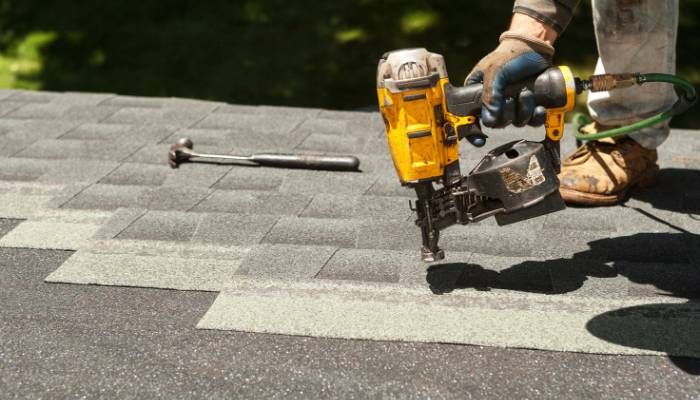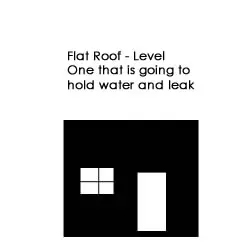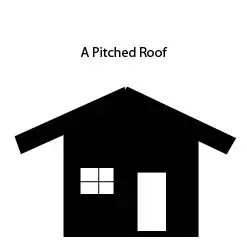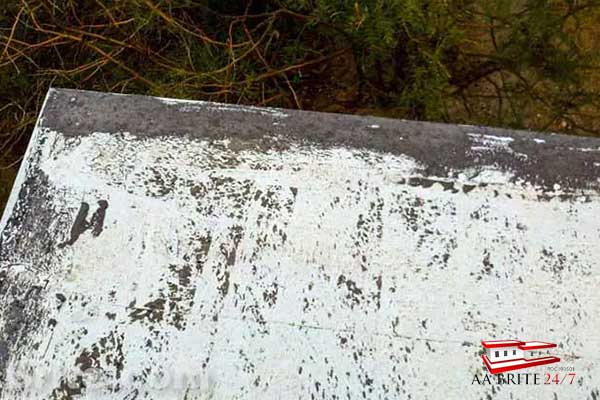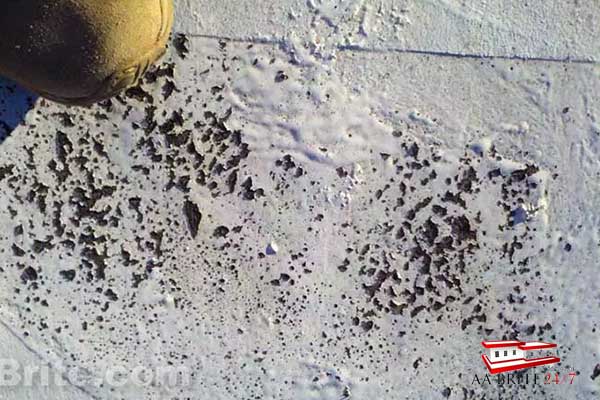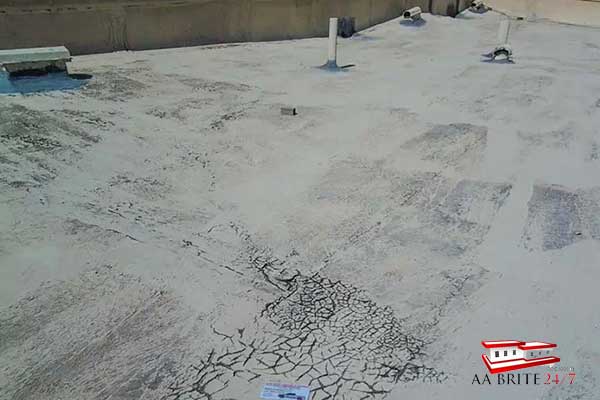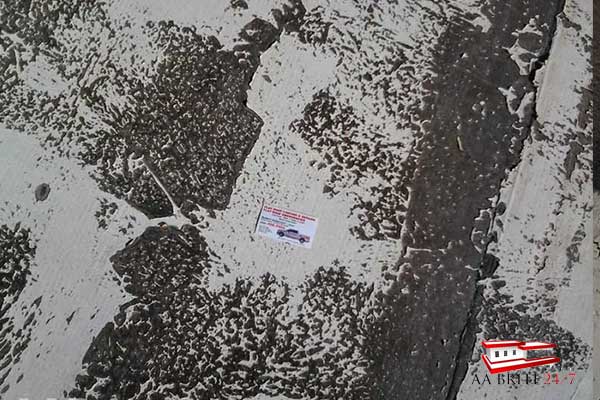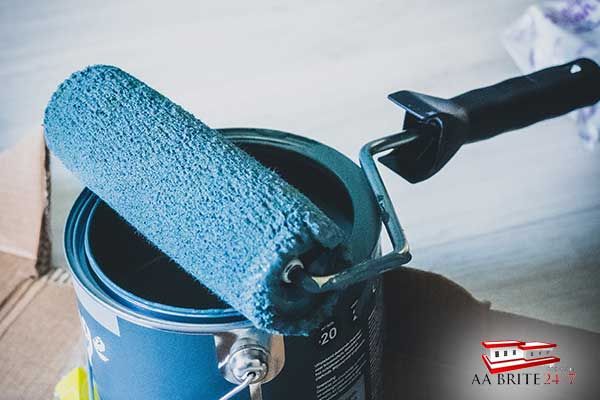How to Know When Your Roof Needs Repairing
Roofs are complex structures that need regular care and maintenance. However, not many homeowners think about this until they face a problem. Spotting potential issues with the roof is hard because they are difficult to reach, but once a problem is detected, it needs to be addressed.
Postponing repairs due to high costs can only lead to more problems and create more expenses down the line. Learning to read the signs and knowing when to repair a roof is crucial to avoid any bigger and more expensive issues.
Keep reading below to discover whether you should repair or completely replace your roof.
Signs Your Roof Needs Repairing
You will not always get a sign like a leaking or a broken shingle that will alarm you to repair a roof. Roofs age just like everything else, and there comes a time when you’ll need to schedule an appointment to inspect the roof and identify potential issues.
So, how do you know when to repair the roof?
Problems With Shingles
If you have broken or missing shingles, it means that you have holes that expose your house to weather conditions. And this can easily lead to, for example, a leakage. In fact, you may have a leak you haven’t noticed, which can cause serious damage.
Shingles are meant to lie flat on the roof, so the appearance of curling or buckling means the underlay felt is starting to get wet and wrinkling. Depending on the type of shingles used on the roof, you can notice cracked shingles or ones that allow moisture to get trapped.
Whatever the problem, be sure to check the whole roof, not just the area around the broken or damaged shingle, because water runs downhill.
Issues With the Gutter
The gutter is the place where you’ll find different kinds of debris. Most often, this includes pieces of shingles which can point to a rather serious problem.
This is especially common with asphalt and composite shingles that shed granules as they age and wear out. If you notice coarse black sand in the gutters, that’s granules from shingles, so it’s best to have the roof inspected immediately.
Check Flashing, Roof Openings, and Other Elements
The flashing found at connection points between vents, skylights, chimneys, and other objects penetrating the roof is a potential place of deterioration. Generally, this part of the roof should be made of corrosion-resistant metals, but sometimes that is not the case.
So note that even though it is designed to redirect water into the gutters and away from the roof, the flashing can get damaged, thus, increasing the risk of leaks.
Staining on Walls and Ceiling
If you notice discoloration and staining on the interior walls and ceiling, it is a sign that you have a leak in your roof. It may not be a serious issue, but that doesn’t mean you don’t need to address it.
Signs Your Roof Needs Replacing
Some issues with the roof can’t be fixed with repairs and will demand replacing the roof. If you live in harsh weather climates, like somewhere where there’s heavy rain, snow storms, or high winds, it can cause a lot of damage that is beyond repair. This points to the signs that answer the question of when to repair or replace roof.
Sagging Ceiling
A sagging ceiling is a sign that there is an unidentified source of moisture caused by a leak. The ceiling usually has a soggy cardboard consistency and should, in no case, be ignored.
In these cases, usually, water pools somewhere between the roof and the ceiling. If not identified and fixed on time, the roof can literally collapse on your head.
A Streak of Light in the Roof
Streaks of light through cracks in the roof are a clear sign that the roof is damaged. If it’s a missing shingle, you can fix the problem, as we mentioned. However, when the damage is more severe, for instance, if you have heavy leaking through the small hole, then that’s a definite sign for roof replacement.
The Roof is Aging
Roofs cannot last forever, no matter what materials are used during installation. Especially if not maintained and cared for properly. If the roof was installed over 20 years ago, it is time to start thinking about replacing it.
When purchasing a new home and you have no knowledge of the time of roof installation, be sure to call a professional to inspect it and suggest possible repairs or maybe even a replacement.
Damages Caused by Wildlife
It is not rare that wildlife enters your roof and makes a home for themselves, not realizing the damage they cause in the process. Removing the imposters and repairing the holes can salvage the situation.
However, if the holes are left unrepaired, the damages caused by wildlife can expand, and you’ll face more dire problems.
How to Choose the Best Roof Repairing Service?
Repairing and replacing a roof is a dangerous and very demanding job that cannot be done by everyone. So you must be wondering how to choose a contractor for repairing a roof. Here are some helpful tips for finding a reputable roofing contractor:
- Do some research for reputable contractors in your area;
- Read customer reviews and check examples of their previous work;
- Ask family and friends for recommendations;
- Once you find a contractor, check their accreditations and qualifications before hiring them;
- Check the NFRC. This is a well-regarded association ensuring its members offer high-quality workmanship;
- Look for a contractor with lots of experience that will finish the job to the highest standards;
- Check the contractor’s licenses and insurance coverage;
- Don’t be afraid to ask a lot of questions;
- Ask for three quotes to compare prices and get the best deal.
How Much Does Repairing a Roof Cost?
The costs of roofs greatly depend on the size of the job and the materials used. Repairing a roof is cheaper than getting the whole roof replaced. It is important to contact a contractor and get a quote prepared with the specifics for your roof needs.
So, generally speaking, how much does repairing a roof cost? Repairs can cost between $100 and $2,000, depending on the seriousness of the job. This will also depend on the roof area that needs to be repaired. The size of the home and the materials used can also influence the price of replacing a roof – it will go around $5,000 and $15,000.
AA Brite 24/7: Repairing Arizona Roofs Since 2003
Repairing or replacing a roof needs to be done by professionals so that you can ensure your and your family’s safety, as well as preserve the overall living space. AA Brite 24/7 offers only the highest-quality roofing services to homeowners in the Tucson area.
We are a licensed, insured, and bonded company that offers a 2-year workmanship warranty and is a BBB-accredited business. Our fast and professional services have saved homeowners thousands of dollars in roof repairs. Whether it’s roof repair, coating, or emergency roof patching, we are here to make sure all your needs are met!
FAQ
How often do you repair a roof?
Regular roof maintenance is highly recommended to prevent any possible damage to the roof. Because the roof is a hard-to-reach and dangerous area, it is advised to hire a professional to inspect it and see when to repair roof.
Roof inspections should be done at least every six months. The most suitable times are spring and fall. During the spring inspection, the professionals can identify any possible damages that may have occurred during the winter months. The fall inspection will also identify problems that have occurred as a result of the intense heat during the summer.
What is the average lifespan of a house roof?
The roof’s lifespan greatly depends on the material used during the roof installation. Another factor influencing the duration of the roof is maintenance, as regular maintenance can help extend the lifespan past the foreseen length.
The average age that a roof is about 20 years. Roofs made of composite shingles are built to last between 12 and 20 years, while asphalt shingle roofs can last somewhere from 15 to 30 years. The wood-shingle roofs have proven to last up to 25 years, while rubber roofs have a longer lifespan of up to 50 years.
The most durable roofs of all are metal roofs and clay tile roofs. Metal roofs have a lifespan varying from 50 to 70 years, while clay tiles can last up to 100 years.
Does replacing the roof increase the value of the home?
Replacing the roof is a reasonable investment that will increase the value of your home by several thousands of dollars. But that doesn’t mean you should replace it if there is no actual need for it, as this can cause unneeded complexities.
So unless the roof is no longer functioning, is in a desperate condition, or we’re talking about selling the home, many homeowners don’t consider replacing the roof at all.


